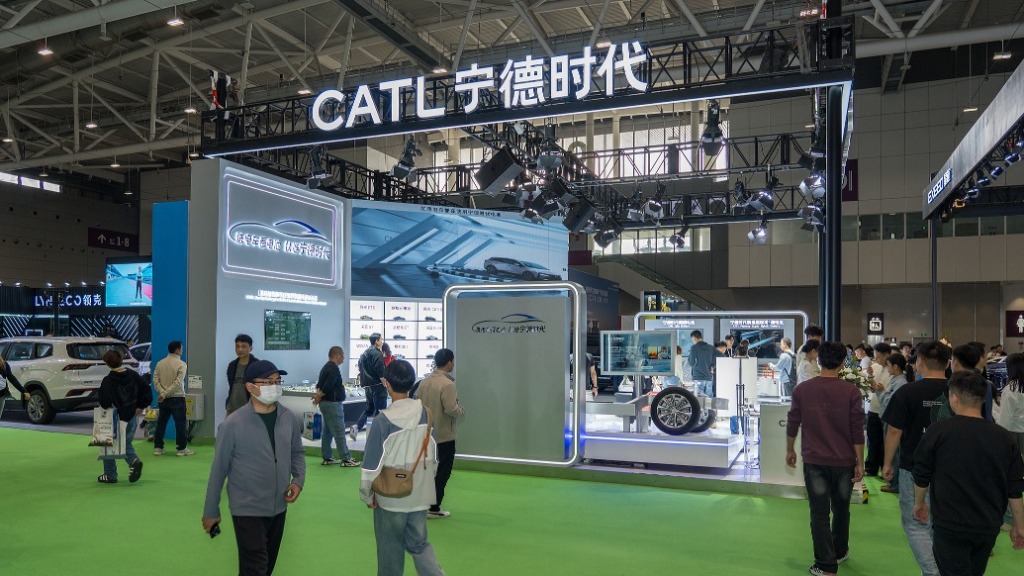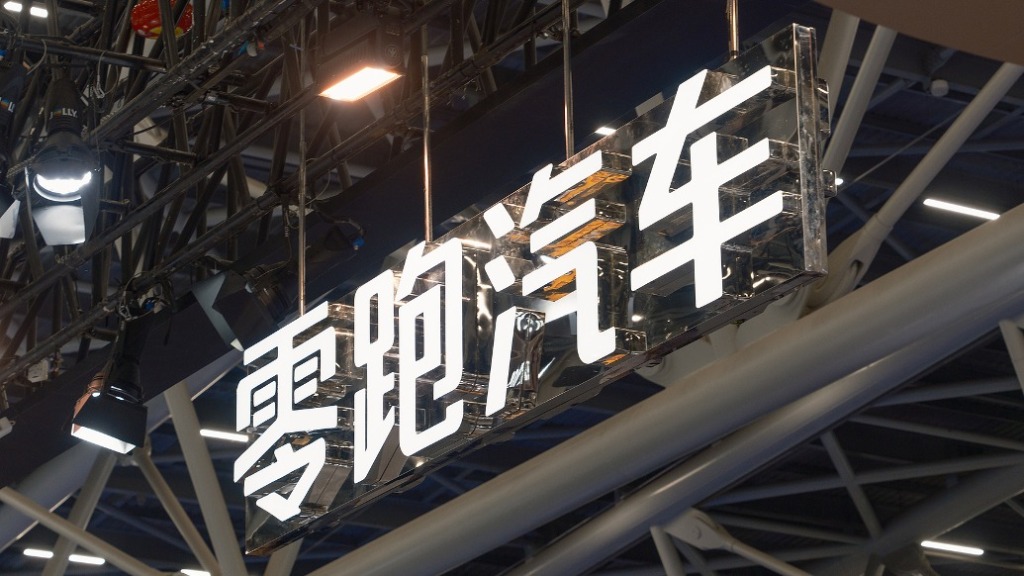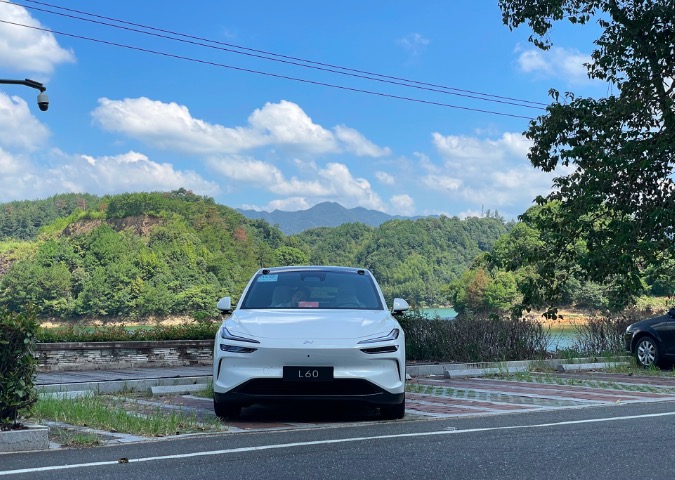
The emergence of new car manufacturers launching second brands has become a trend. For instance, NIO has its new brand "Lao Dao," XPeng has the MONA series, and even Faraday Future, which has only delivered 13 vehicles, is now considering creating a sub-brand.
As the competition intensifies in the field of smart electric vehicles, both traditional car manufacturers and new forces need at least "two markets" to survive—one that ensures revenue through volume and another that is a profit-generating market. Following this line of thought, high-end brands are beginning to release more affordable products or sub-brands, like NIO and Li Auto; meanwhile, affordable brands are introducing high-end products, such as Leap Motor and Neta.
On the other hand, the acceleration of technological iterations has led to many longtime users feeling exploited, with years of industrial technology not genuinely applied in the broader mass-market. Instead of appealing to new users and sidelining old ones by releasing updates three times a year, launching more accessible sub-brands and tapping into technological reserves seems a viable way to preserve the brand's style while achieving "technological inclusiveness."

For instance, the Lao Dao L60, as a sub-brand of NIO, not only benefits from NIO's decade-long technological foundation but also from the systemic prowess it has developed over time. Furthermore, thanks to its self-developed power systems and 900V architecture, the L60 significantly outperforms some of NIO's models, including my own ET5, in a key metric—energy consumption.
After a day of test driving, we believe that with its solid technological base, systemic capabilities, and the BaaS solution, the Lao Dao L60 may not replace the Tesla Model Y but certainly stands a chance of being a formidable contender.
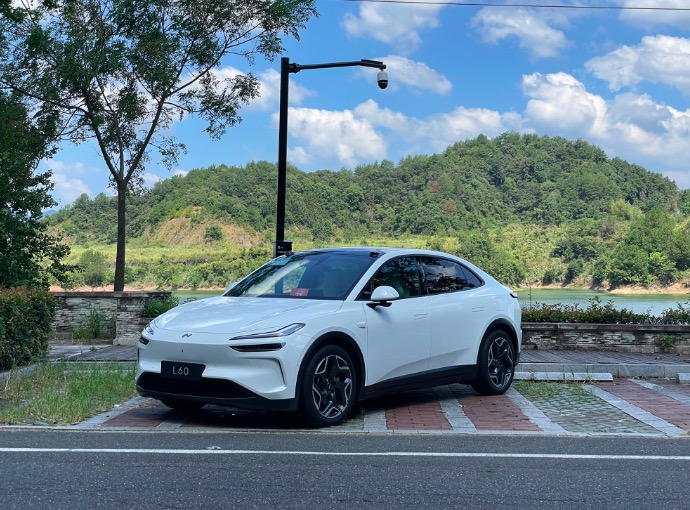
In terms of design, reflecting Lao Dao's "family happiness" brand vision, the highly stylized front and rear lights incorporate the latest lighting technology, defining a minimalistic line that ascends on both sides. This design symbolizes the idea that life for every family should be "ever better and thriving."
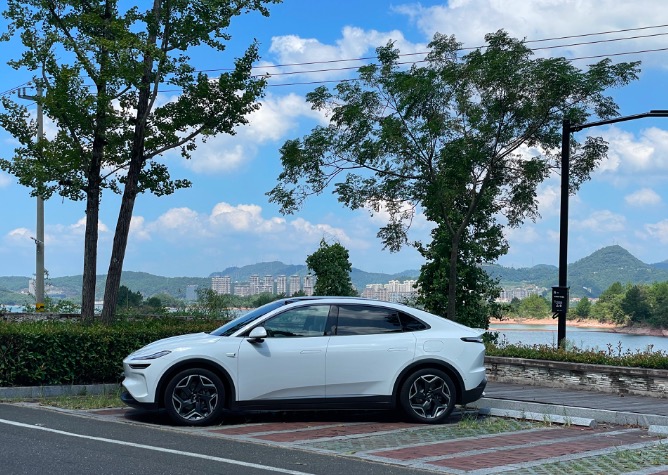
The L60 emphasizes a visually high ground clearance through its contrasting wheel arches and side panel design. By projecting the tire layout to the vehicle's four corners and widening the rear profile, it creates a dynamic stance poised for action.
From the side, the sculptural volume of the body conveys both strength and dynamism, evident even when the vehicle is stationary. The frameless side mirrors, unlike those from NIO, feature a larger mirror surface area that may provide better visibility, although it compromises rain protection.
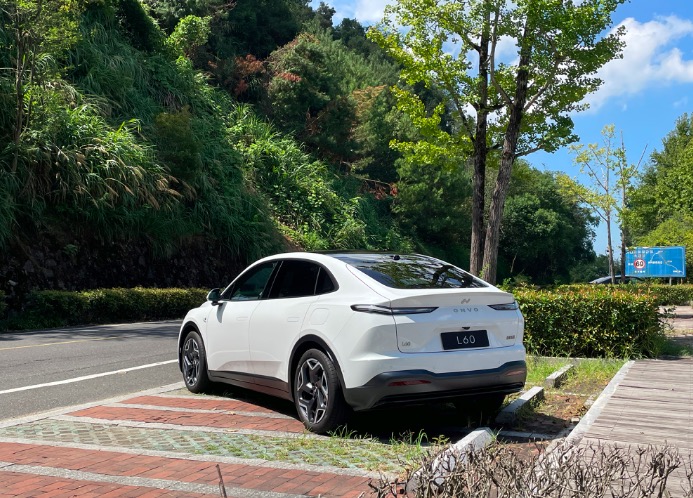
The positioning of Lao Dao is below that of NIO, and you can sense this in the details. For example, instead of NIO's laser radar system, the L60 utilizes a purely visual solution, reflected in the absence of additional devices above the windshield—just a camera installed at the junction between the windshield and roof corners. Additionally, while the L60's door handles can pop out automatically, they lack magnetic doors, requiring manual operation to shut.
However, eliminating these expensive features that have minimal perceptual value undoubtedly provides significant cost savings.
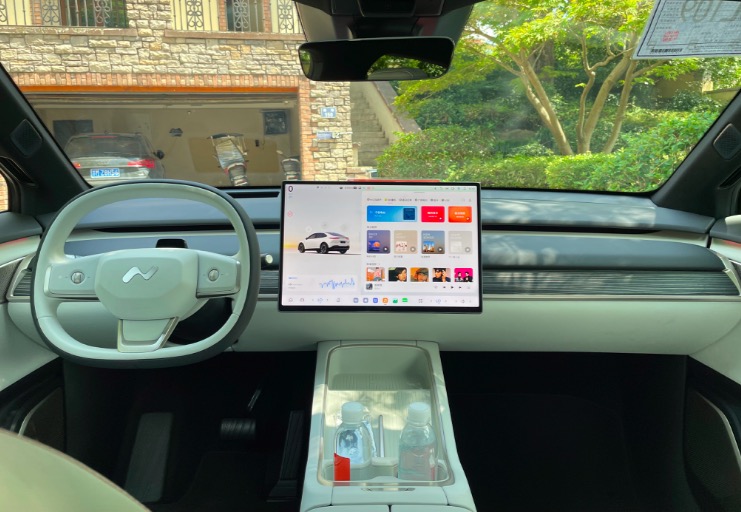
Inside, the first impression is simplicity—perhaps even more streamlined than NIO's interior. There is no instrument panel in front of the steering wheel (but a HUD is present); there are rolling knobs on either side of the steering wheel; a gear-shift lever; and a large horizontal central screen, all of which indicate that this car is aimed squarely at competing with the Model Y.
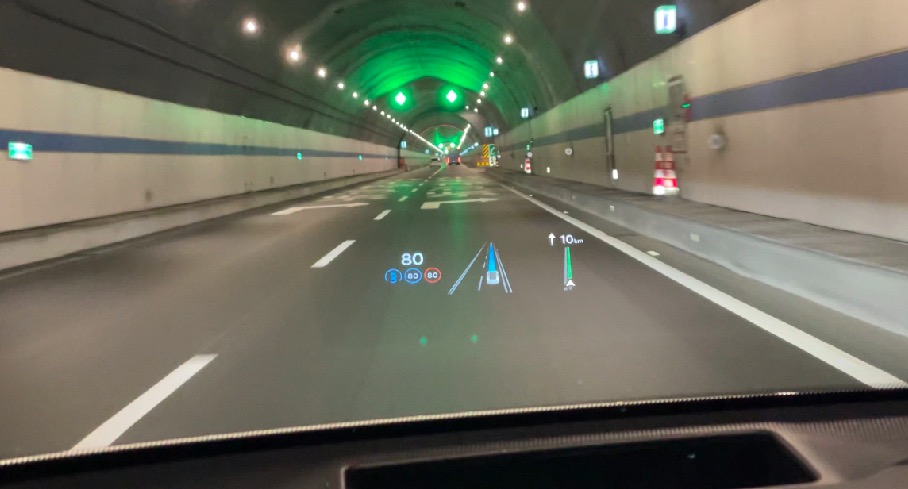
As a NIO sub-brand, Lao Dao excels in accurately addressing user needs, focusing on home and comfort in its details and functional design. The seats feature a composite surface that is 15mm thick and use Comf.Pro cloud comfort foam, which can be up to 20mm thick, and also includes high resilience foam to ensure that the seats are both soft and supportive.
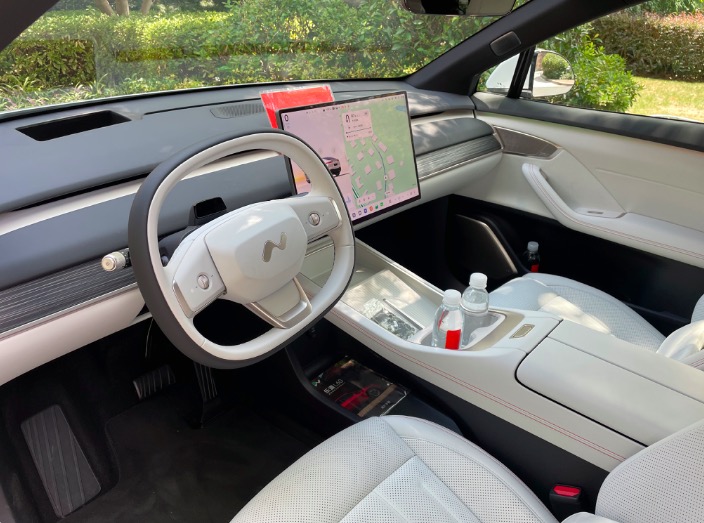
In the highest-positioned front passenger seat, there is an extra-long electric heated leg rest that can recline to a maximum of 180 degrees, offering 12 adjustment options along with ventilation, heating, and massage features. While reclining to 180 degrees may seem unnecessary, it connects to another feature—the rear seat cushion allows rear passengers to lie down like on a sofa bed. This design fulfills home-use needs better than a single-use "queen seat."
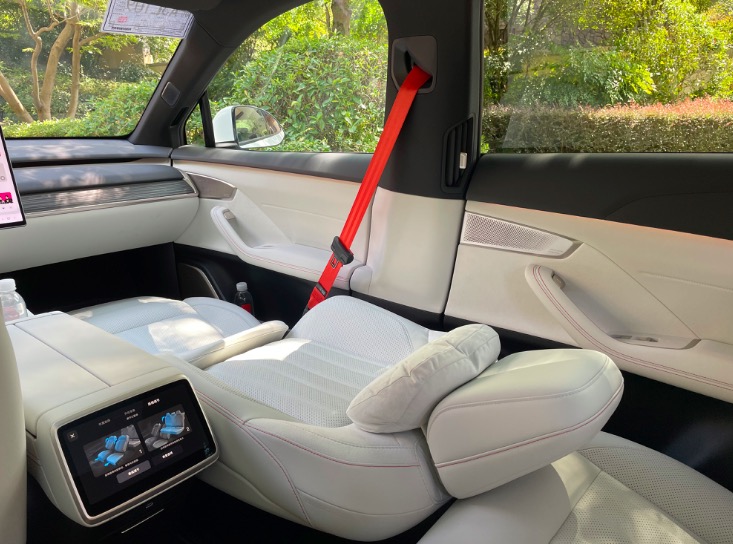
Beyond the impressive rear space created by the 2.95-meter wheelbase, the middle seat in the back has also achieved "comfort equality." Unlike most models where the middle seat is elevated and stiff, the L60's middle seat is flat, spacious, and offers ample foot space, using thick cloud comfort foam that indeed provides a unique experience.
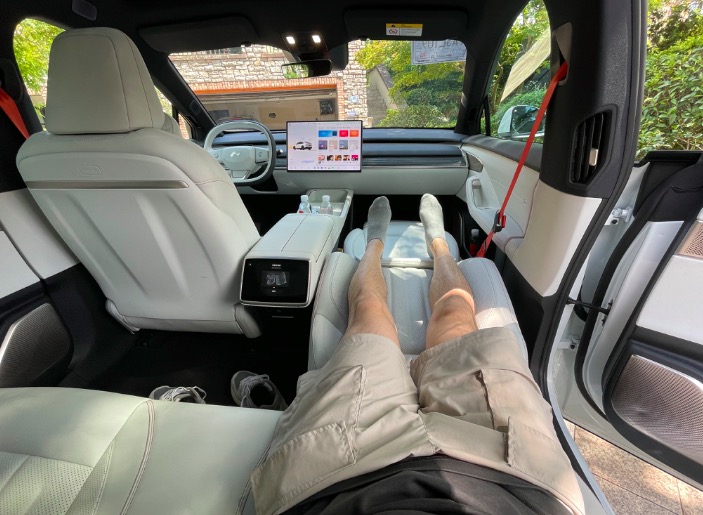
When you lie in the rear, you can watch movies on the 17.2-inch central control screen. During the experience, the 1280x720 resolution and 7.1.4 Dolby sound system create an immersive experience.
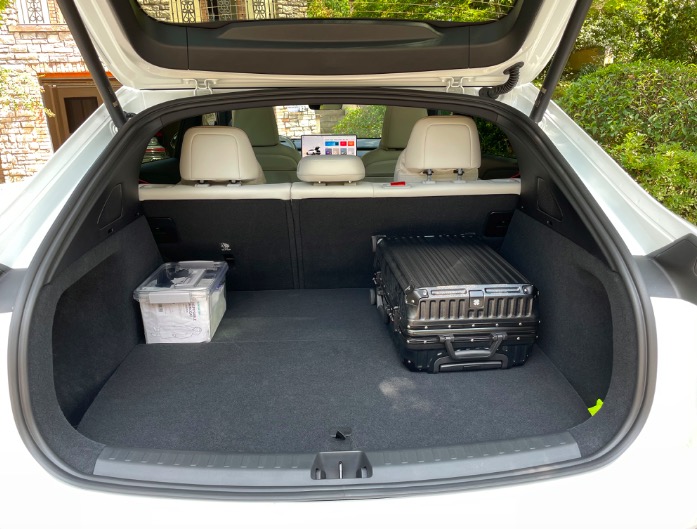
Notably, thanks to the fastback shape, while the interior space is ample, the L60 also boasts a spacious trunk. Lifting the trunk cover reveals storage space below that can accommodate a carry-on suitcase.
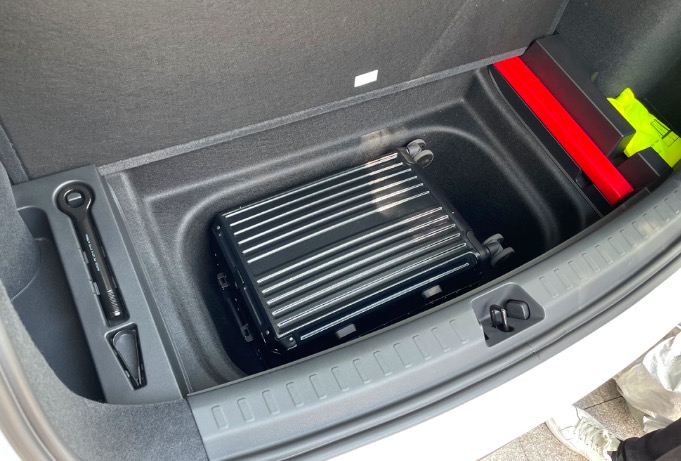
The vehicle's infotainment system is another highlight of the L60. The NT.Coconut smart system features the industry’s first complete vehicle domain operating system, SkyOS. In the words of the developers, this system is designed for the AI era, focusing on evolving smart experiences over the next decade.
This intelligent system incorporates numerous technological breakthroughs. For instance, it achieves the integration of four functions: intelligent driving, smart cabin, vehicle control, and vehicle connectivity, allowing for free and efficient computation across domains. The first fully self-developed 100% Ethernet backbone communication architecture can reduce communication time between vehicle systems to just 1 millisecond, compared to the industry standard of 10 milliseconds.
Regarding the smart cockpit, it uses the top-tier Qualcomm 8295P flagship cockpit chip, equipped with 24GB automotive-grade DDR4 memory and 256GB automotive-grade storage, sufficiently handling big data throughput in the AI era. Moreover, it includes over 80 built-in games, 500 episodes of Dolby panoramic sound series, and over 100,000 tracks of Dolby music content, along with direct connection support for Switch.
In terms of voice control, once triggered with "Xiao Le Xiao Le," it can execute 430 features, reportedly surpassing XPeng's 350 and Li Auto's 140 functionalities.
For the powertrain, the self-developed 900V high-voltage platform offers a more compact, efficient, and higher-performing electric drive system. Components like the inverter assembly, current sensors, compact gear, and integrated welded differential, and the 1200V silicon carbide power module are all fully self-developed.
The advantages of self-development are clear; the synergy between systems is seamless, leading to higher efficiency. The front motor has a maximum power of 100 kilowatts while the rear motor peaks at 240 kilowatts, achieving a 0 to 100 km/h acceleration in just 4.6 seconds. While quick acceleration is expected, what is remarkable is that it achieves an energy consumption level of just 12 kWh per 100 kilometers. To put this into perspective, this is for a vehicle sized 4828mm x 1930mm x 1616mm, with a wheelbase of 2950mm—yet it consumes energy comparable to a Volkswagen ID.3.
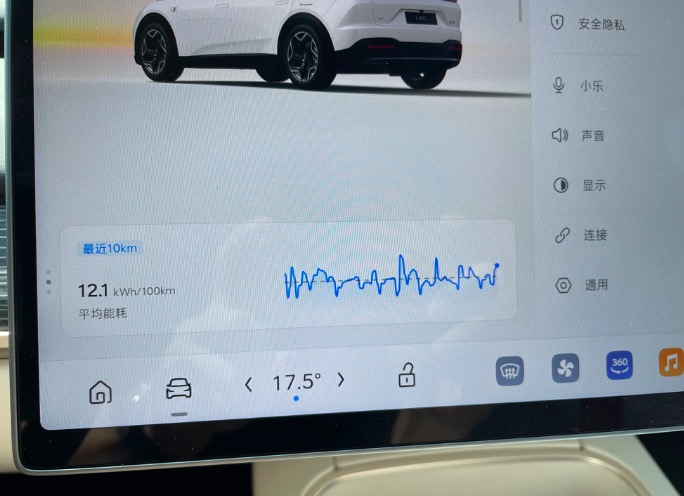
During the driving experience, the chassis quality showcases seasoned tuning expertise. On the winding roads of Qiandao Lake, it's apparent how high body rigidity contributes to crisp cornering behavior. Whether it's lateral tilting or front-to-back pitching, it is all well controlled.
Moreover, even in different driving modes, the calibration doesn't become excessively aggressive. For example, in sports mode, while acceleration is indeed quicker, the chassis doesn't become "stiffer"; rather, it maintains a balance of support and comfort.
Thanks to the driving data from NIO's hundreds of thousands of users, the purely visual navigation assistance system in the Lao Dao L60 achieves a high level of completeness. In terms of hardware, the system includes a 4D imaging millimeter-wave radar, seven 8-megapixel HD cameras, and another 22 sensing devices. On the highway, this system not only performs well in basic functions like following traffic and lane keeping but also executes overtaking and entry/exit maneuvers seamlessly. It can even handle high-curvature interchange bridges, where you can accelerate the assistance system's efficiency by simply pressing the accelerator—it can manage it effortlessly.
In some respects, the purely visual solution may hold greater potential than the laser radar solution, as the former represents "what it sees itself," while the latter is "what the computer calculates."
Regarding the charging concerns users have, Lao Dao revealed that its models can utilize NIO's third- and fourth-generation battery swap stations, whereas the first two generations are exclusive to NIO vehicles. We used the L60 to experience the NIO fourth-generation battery swap station. From vehicle prompts to the 360-degree visual display during the automatic docking process and clear notifications at each step of the battery swapping, the entire process was efficient and reassuring.
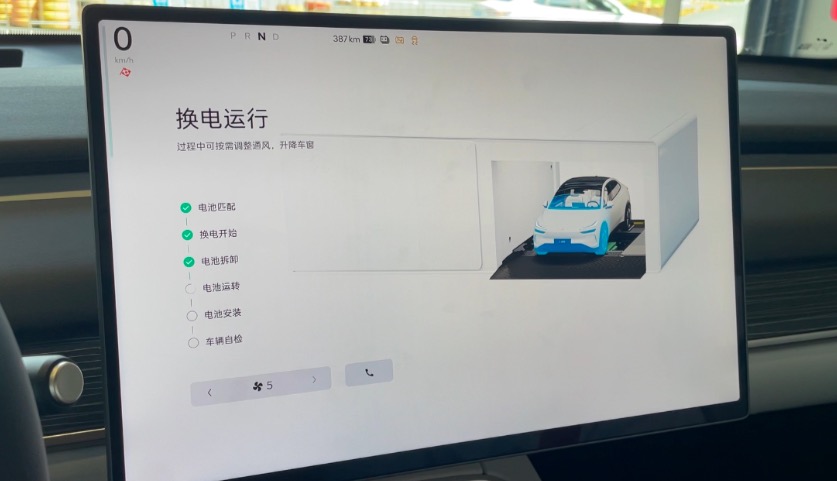
Based on on-site experience, the fourth-generation battery swapping process has been shortened to under 2 minutes and 30 seconds, which is just as fast as refueling.
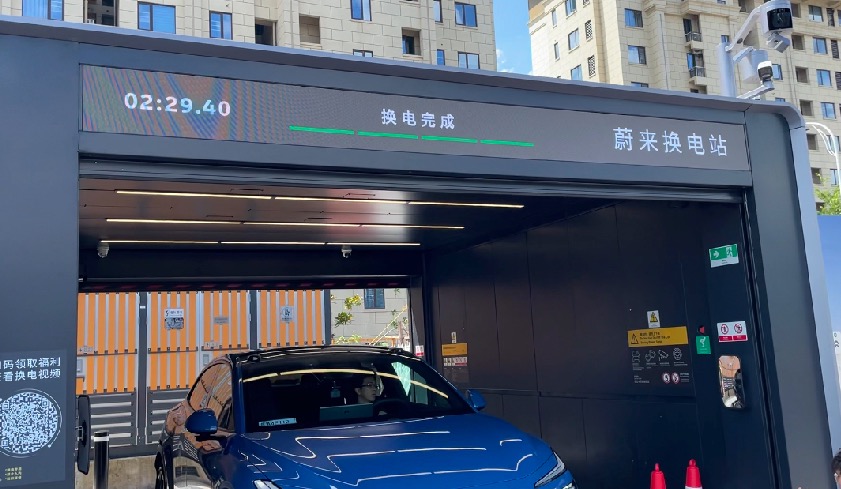
In summary, while the Lao Dao L60 is positioned below NIO, as mentioned earlier, its forward-looking vehicle architecture and the application of many new technologies mean that its product capabilities may even surpass those of its parent brand. The so-called positioning disparity is more evident in features that do not relate to core capabilities, such as magnetic doors, laser radar, and instrument panels. Additionally, Lao Dao can still enjoy part of NIO's system network and benefits.
Based on its projected starting price of 210,000 yuan, the official launch price of the L60 is expected to break into the 100,000 range, possibly starting at around 190,000 yuan. This "hexagonal warrior" standing on the "shoulders of giants" has the potential to become a phenomenal product.
